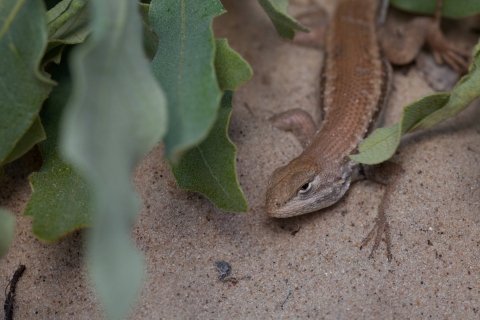December 13, 2025
Feds take action to protect southeast New Mexico species in 2024

Adrian HeddenEl Rito Mediaachedden@currentargus.com Southern New Mexico is host to what conservationists say are some of the state’s most imperiled species of fish, birds and…



